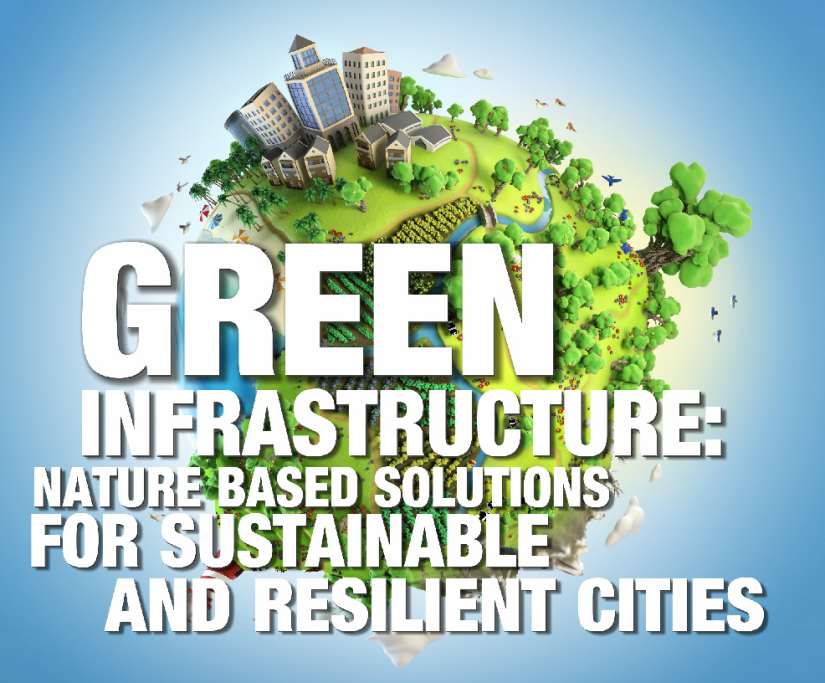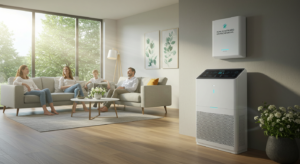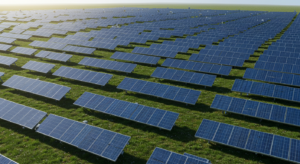The Green Vision for Urban Areas
The increasing urbanization trend across the globe has brought a need for cities to rethink their approach to urban design. Green infrastructure, with its promise of ecological benefits and enhanced urban environments, offers a compelling solution.
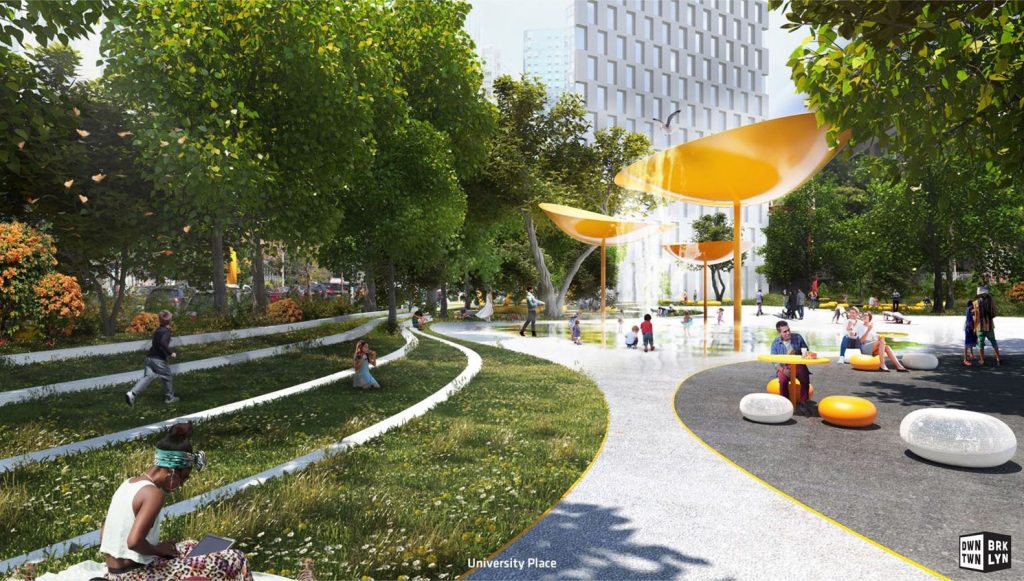
1. The Essence of Green Infrastructure
1.1 Definition and Significance
At its core, green infrastructure refers to a network of green spaces, urban trees, and other ecological systems incorporated into the urban environment. Unlike traditional gray infrastructure, these green elements focus on sustainable stormwater management, improving air and water quality, and bolstering urban heat island mitigation.
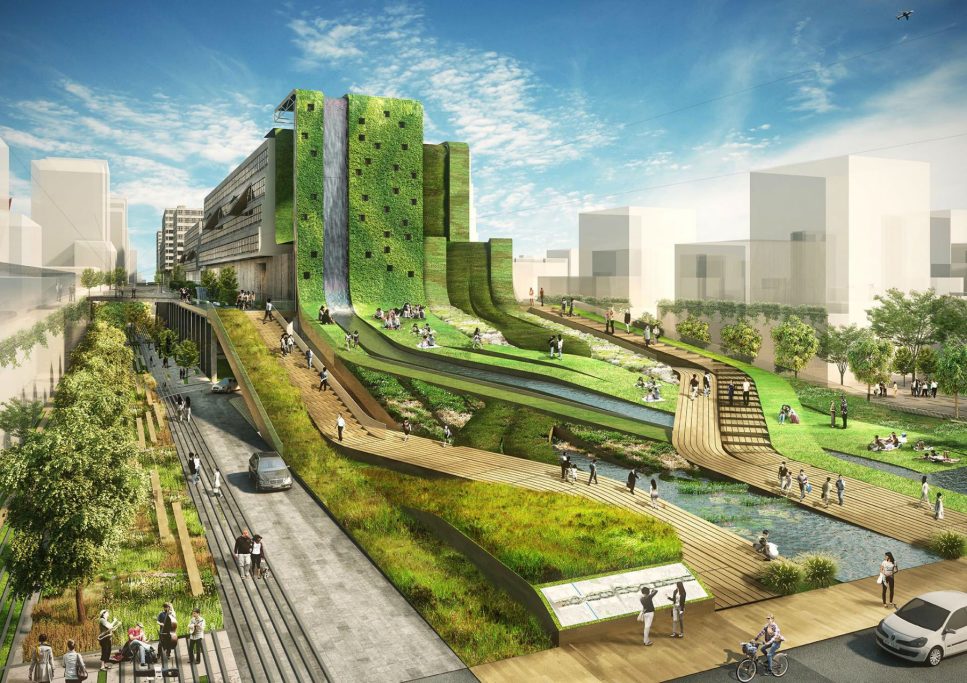
1.2 Economic and Health Benefits
Beyond the environmental advantages, green infrastructure practices also yield considerable economic benefits. Urban parks, green roofs, and urban forests, for example, add value to real estate, foster public space engagement, and promote human health and well-being.
2. Key Components of Green Infrastructure
2.1 Green Roofs and Rain Gardens
Green roofs have gained momentum in many cities as they help manage stormwater runoff, improve air quality, and combat the urban heat island effect. Similarly, rain gardens, designed to capture gallons of stormwater, act as natural filters and enhance urban aesthetics.
2.2 Green Streets and Alleys
A transformative approach, green streets and alleys use sustainable stormwater infrastructure to manage runoff. Integrated with urban trees and green corridors, they rejuvenate the urban landscape and offer respite from the urban heat.
2.3 Parks, Public Spaces, and Urban Greening
Urban parks and green spaces form the bedrock of green infrastructure. These spaces offer myriad ecosystem services, from promoting biodiversity to fostering community engagement. Moreover, they play a pivotal role in sustainable urban development, creating pockets of serenity within bustling cities.
3. Sustainable Stormwater Management: A Closer Look
3.1 The Challenge of Urban Stormwater
Stormwater management poses a significant challenge for urban areas. Traditional stormwater management systems, often characterized by gray infrastructure, struggle with the volume and pollution associated with urban runoff.
3.2 Green Solutions
Green infrastructure approaches, from green roofs to rain gardens, present innovative ways to manage stormwater runoff. They not only capture and filter water but also replenish groundwater sources. As a result, many American cities are steadily adopting green stormwater management practices, moving towards sustainable urban water management.
4. Case Studies: Leading the Green Transition
4.1 Urban Heat Island Mitigation
The urban heat island effect, where urban areas experience higher temperatures than their rural surroundings, has been a growing concern. Several cities across the country have adopted urban green infrastructure elements, like urban forests and green roofs, to mitigate this phenomenon.
4.2 Stormwater Management in Practice
Many cities are exemplifying how to manage stormwater runoff through innovative green infrastructure design. Be it the green alleys in certain American cities or the widespread use of rain gardens, these practices are becoming mainstream in the urban context.
5. The Future of Green Infrastructure in Urban Planning
Green infrastructure holds immense potential in reshaping the future of urban development. Sustainable urban design is gradually moving from being a concept to a mainstream component of urban planning and design. As urban development continues to surge, the integration of green and blue infrastructure elements becomes paramount.
Conclusion: Crafting a Sustainable Urban Blueprint
The transition to a sustainable urban landscape isn’t just about infrastructure investment; it’s about reimagining and redesigning our cities for the future. Through green infrastructure practices, we can make cities more resilient, eco-friendly, and habitable, creating a win-win situation for both the environment and its inhabitants. It’s time to elevate our urban designs and lay the foundation for sustainable cities of tomorrow.

